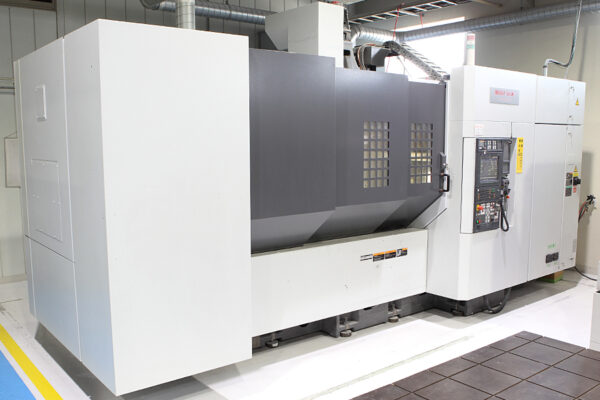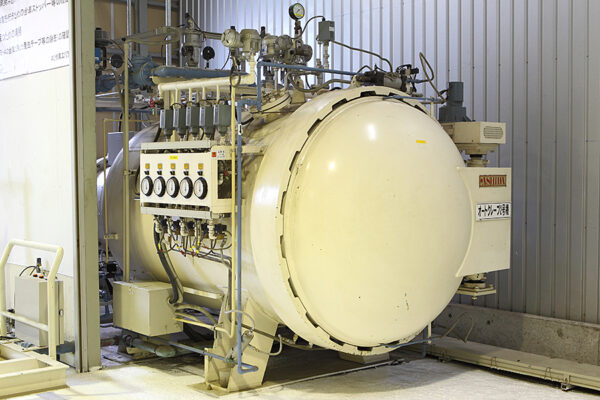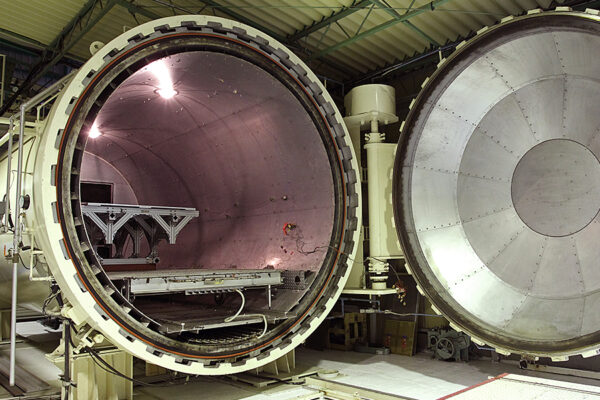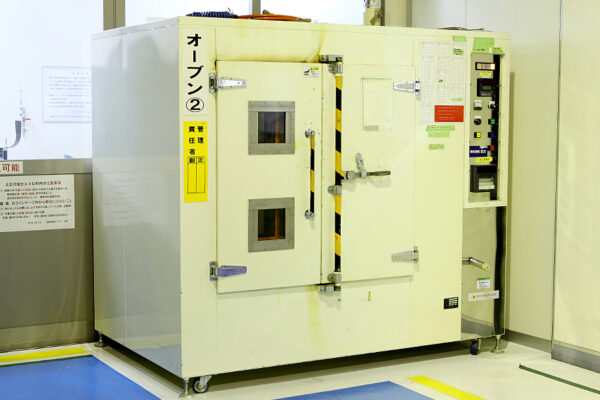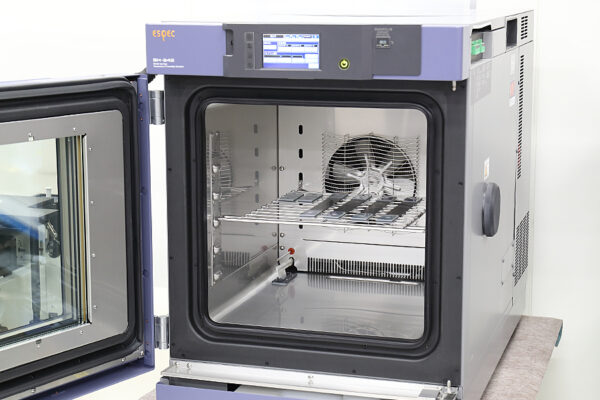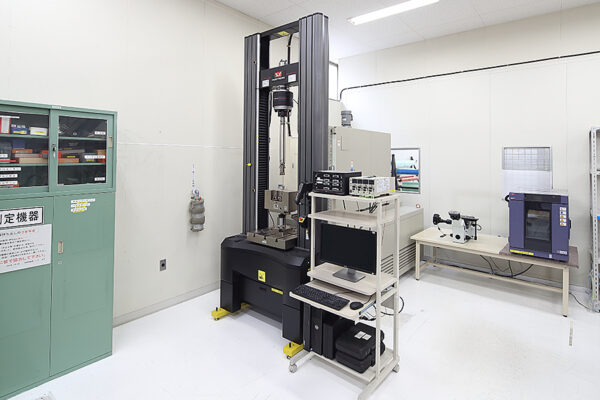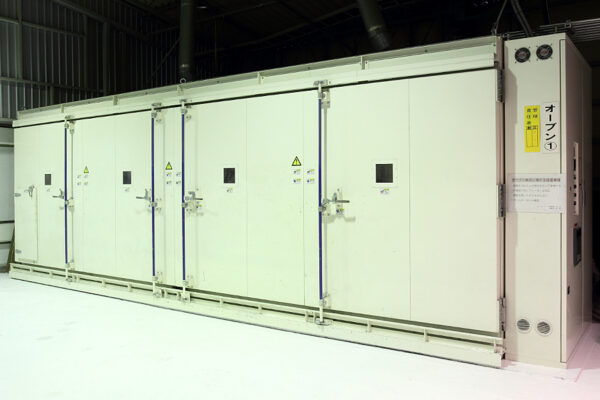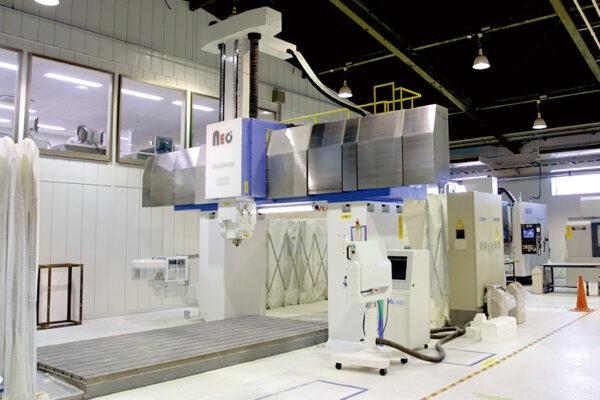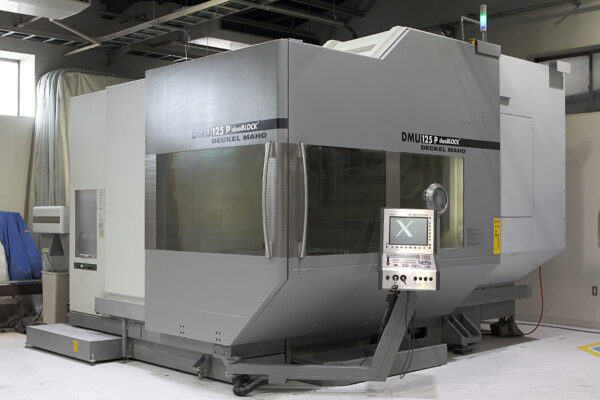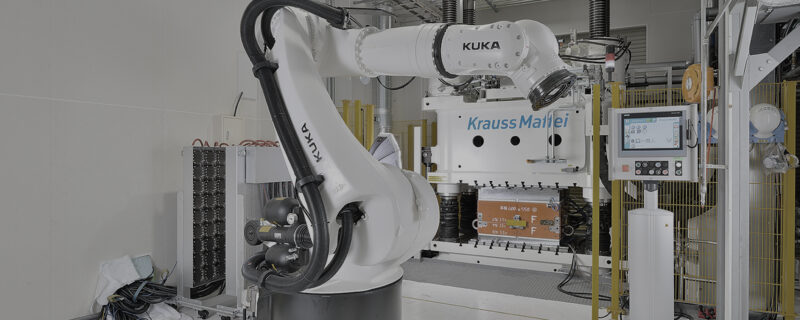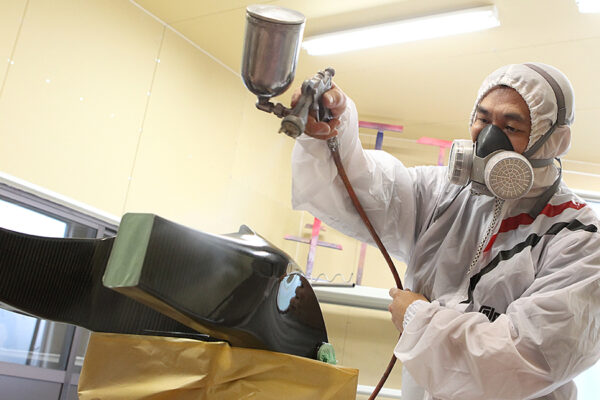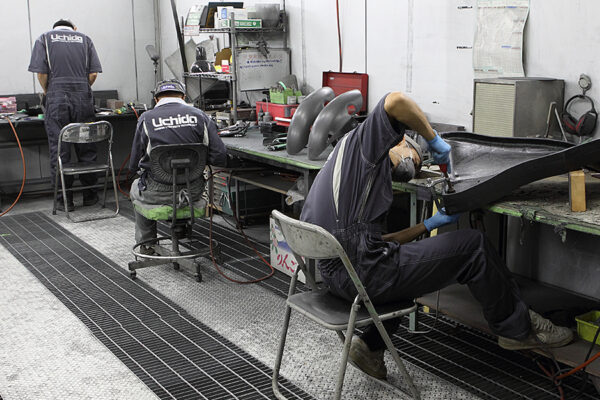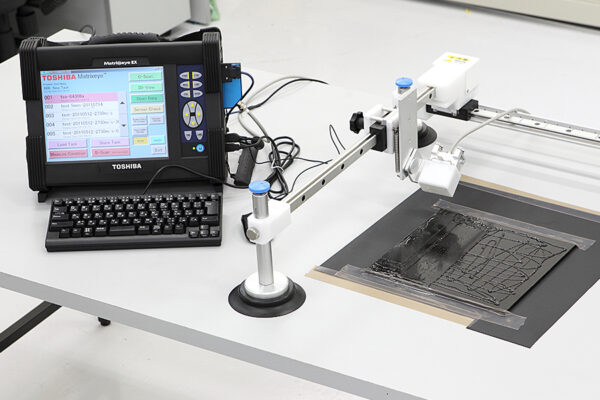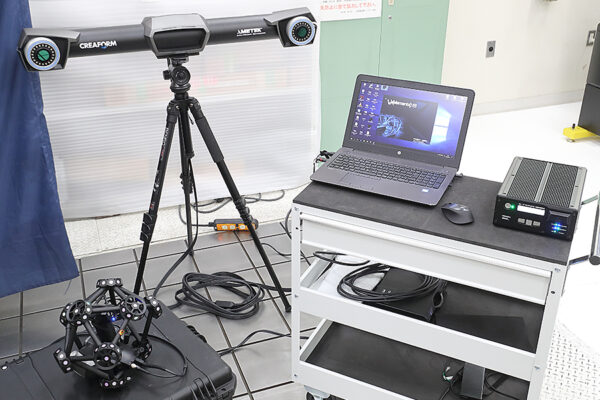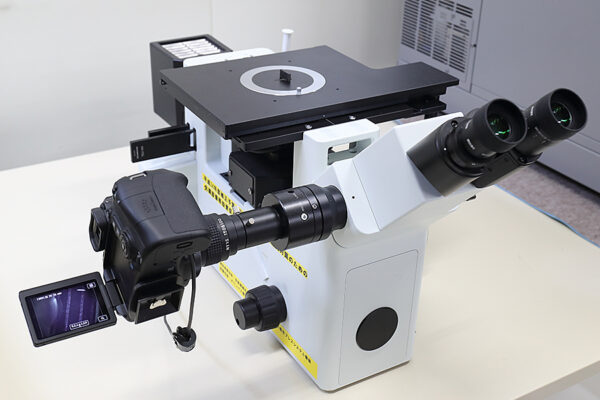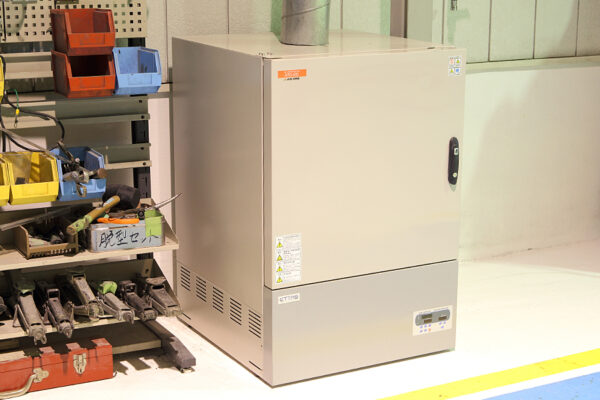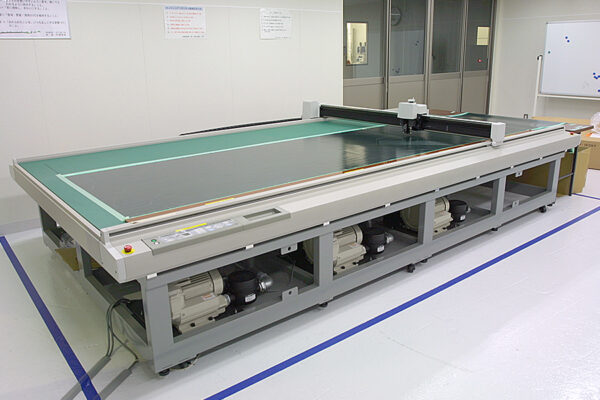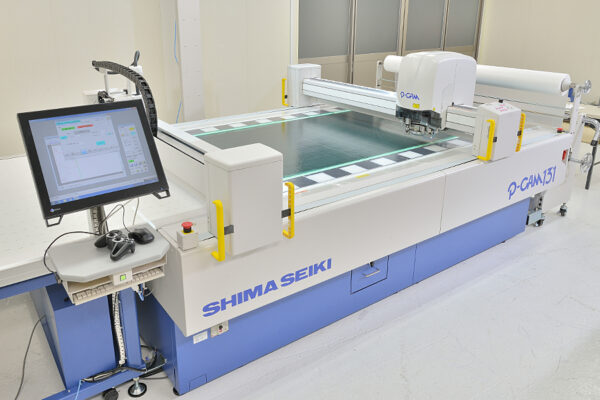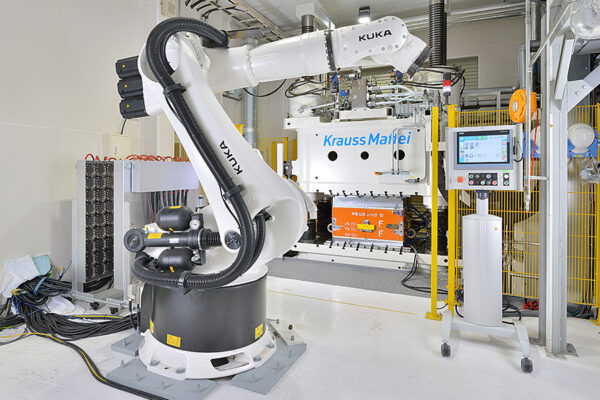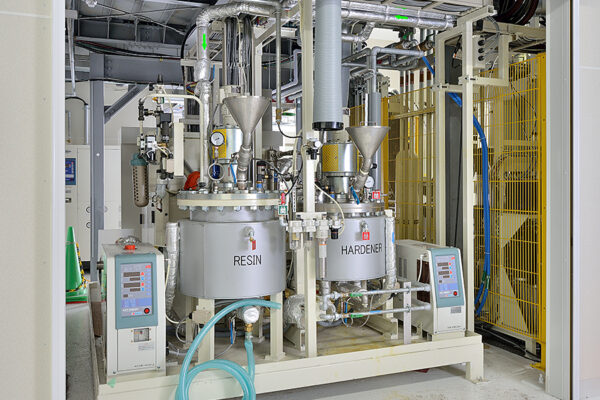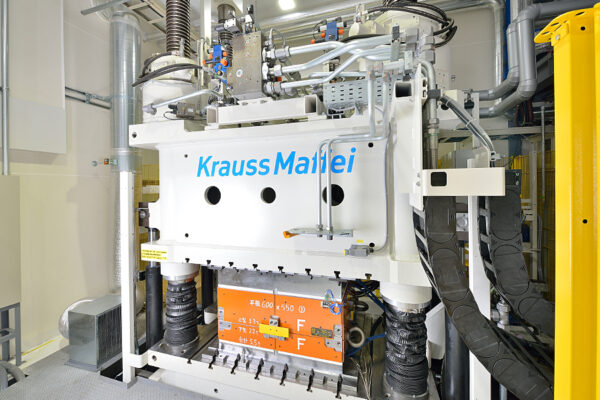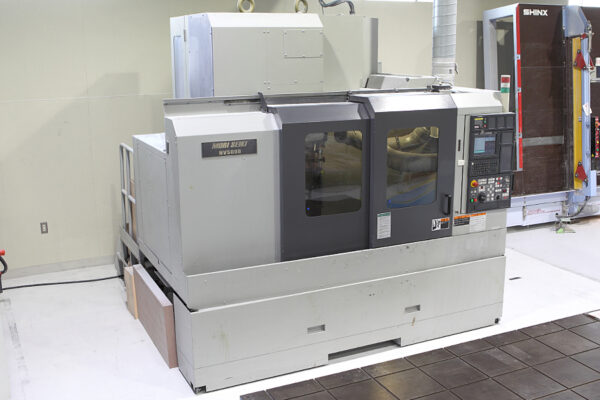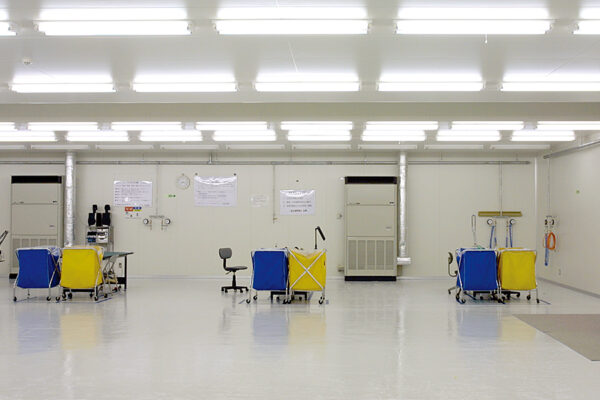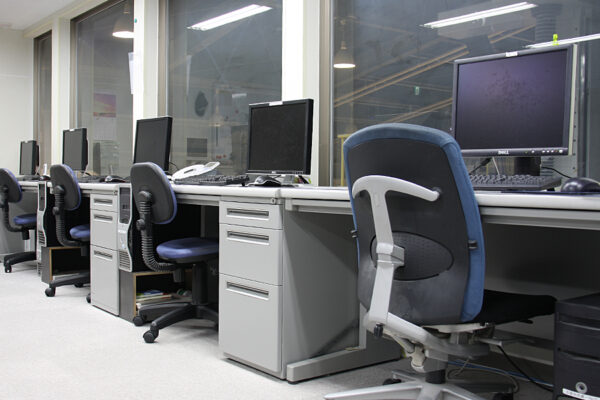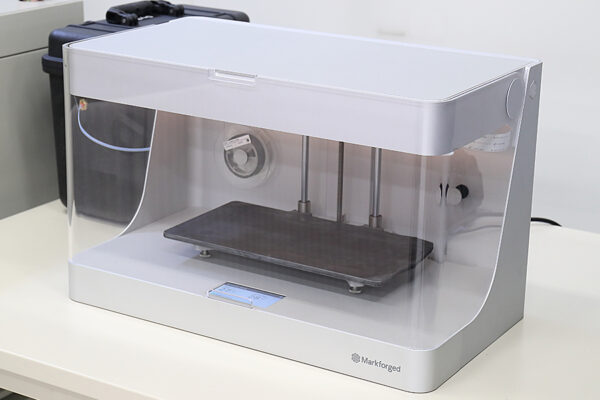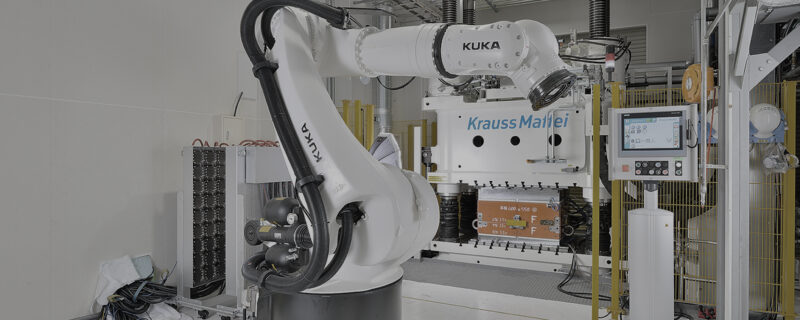Introduction
A water receiving tank is a facility for temporarily storing and stably supplying tap water. FRP (Fiber Reinforced Plastic) water receiving tanks are lightweight and highly durable, and are used in a variety of locations including condominiums, office buildings, factories, and hospitals. This column describes the features and applications of FRP water receiving tanks, as well as key points for maintenance and management.
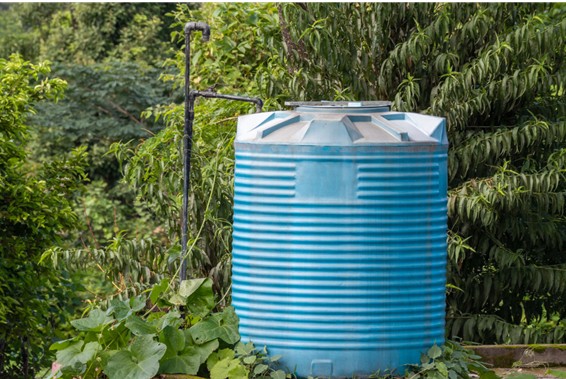
Features of FRP water receiving tanks
FRP water receiving tanks are popular water tanks used in many facilities and have the following features.
- Lightweight and easy to install: Lighter than stainless steel or concrete tanks of the same capacity and easier to install.
- High durability: Excellent corrosion and weather resistance, allowing long-term use.
- High thermal insulation: Less susceptible to outside temperatures and High heat insulation: Less susceptible to outside temperatures and changes in water temperature.
- Easy cleaning and maintenance: Smooth inner surface structure prevents contamination.
Main applications of FRP water receiving tanks
FRP water receiving tanks have been introduced in many facilities and have a wide variety of applications.
Housing complexes and office buildings
In condominiums and office buildings, receiving water tanks are generally installed to ensure a stable water supply.
Examples of applications
- Water supply assistance in areas with insufficient water pressure in water mains
- Provision for temporary water outages
Factories and commercial facilities
Factories and commercial facilities use large amounts of water, so they are installed to ensure a constant supply of water.
Examples of applications
- Storage of water for cooling and cleaning
- Use in large kitchen facilities
Hospitals and welfare facilities
Hospitals and nursing care facilities require water receiving tanks to ensure safe water supply.
Examples of applications
- For cleaning and disinfection of medical equipment
- Securing water for daily use when water is cut off
Maintenance of FRP water receiving tanks
Regular maintenance is essential for safe and sanitary use of water receiving tanks.
- Periodic cleaning: Remove dirt and sediment in the tank to maintain sanitary conditions.
- Water quality testing: Conduct water quality testing at least once a year to ensure safe water supply.
- Facility inspection: Inspect pumps and water pipes to check for any abnormalities.
Summary
Water receiving tank FRP water tanks are important equipment utilized in a wide range of facilities, including apartment complexes, offices, factories, and hospitals. Proper maintenance and management will ensure a safe and stable water supply. The importance of receiving water tanks as part of an efficient water supply system will remain unchanged in the future.

Related useful contents
You can explore related content by clicking on a topic of interest.
ABOUT UCHIDA - 55 years since our founding
We leverage a wealth of technical expertise as a CFRP molding and processing manufacturer using FRP, GFRP, and CFRP materials. We offer a one-stop solution, encompassing design, analysis, manufacturing, secondary processing, assembly, painting, quality assurance, and testing.
UCHIDA's equipment
We have cutting-edge equipment to ensure that we can address even the most advanced challenges of our customers.
Video Library
In the following video, we provide a detailed overview of our manufacturing process. Please feel free to watch and learn more.


